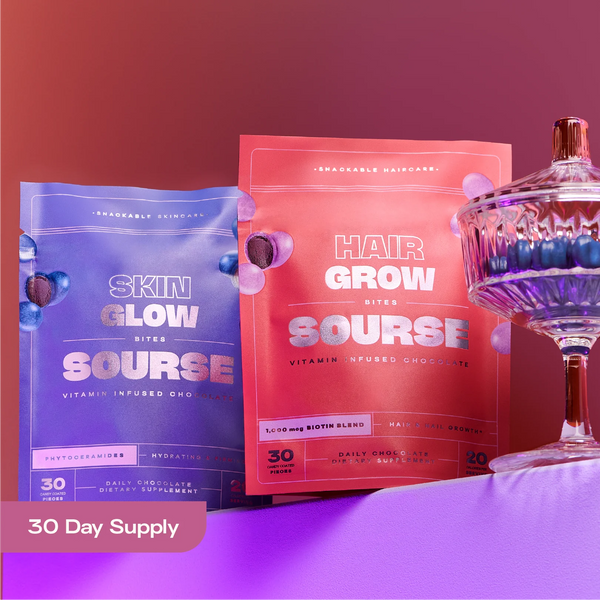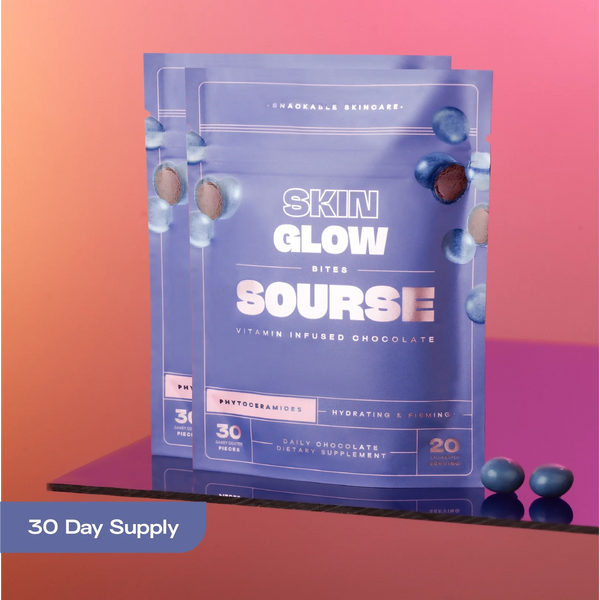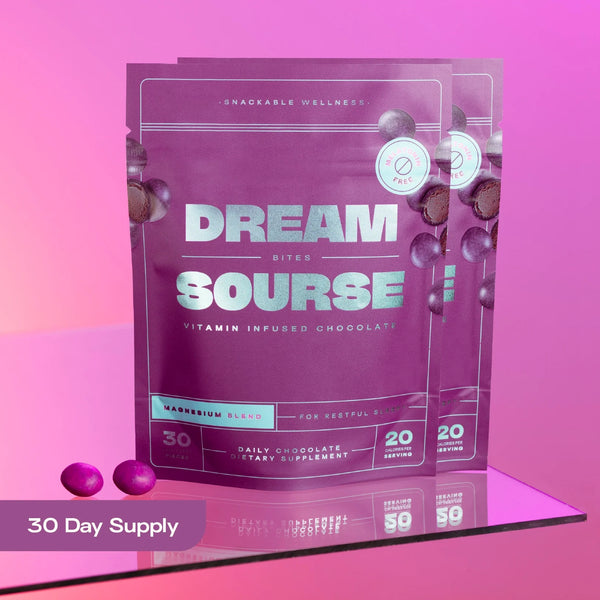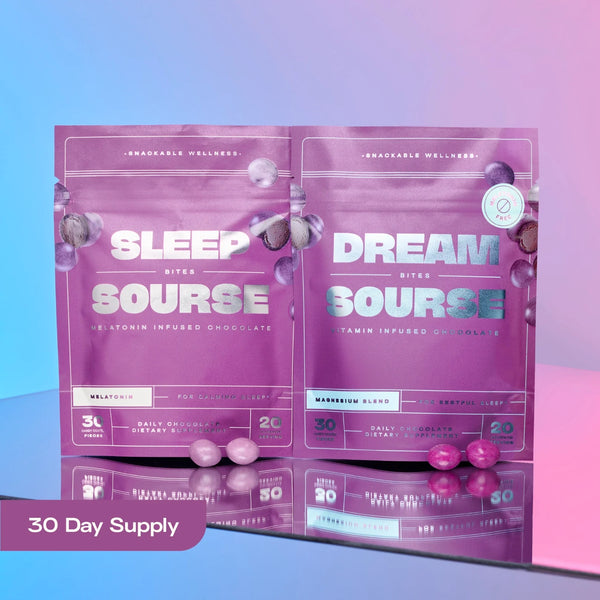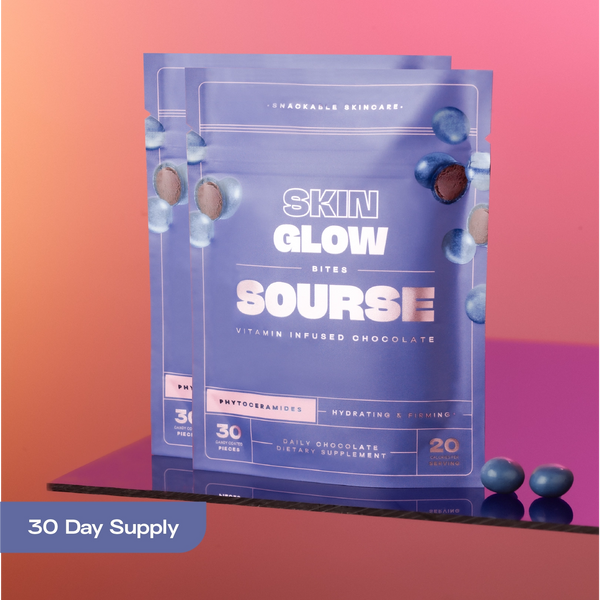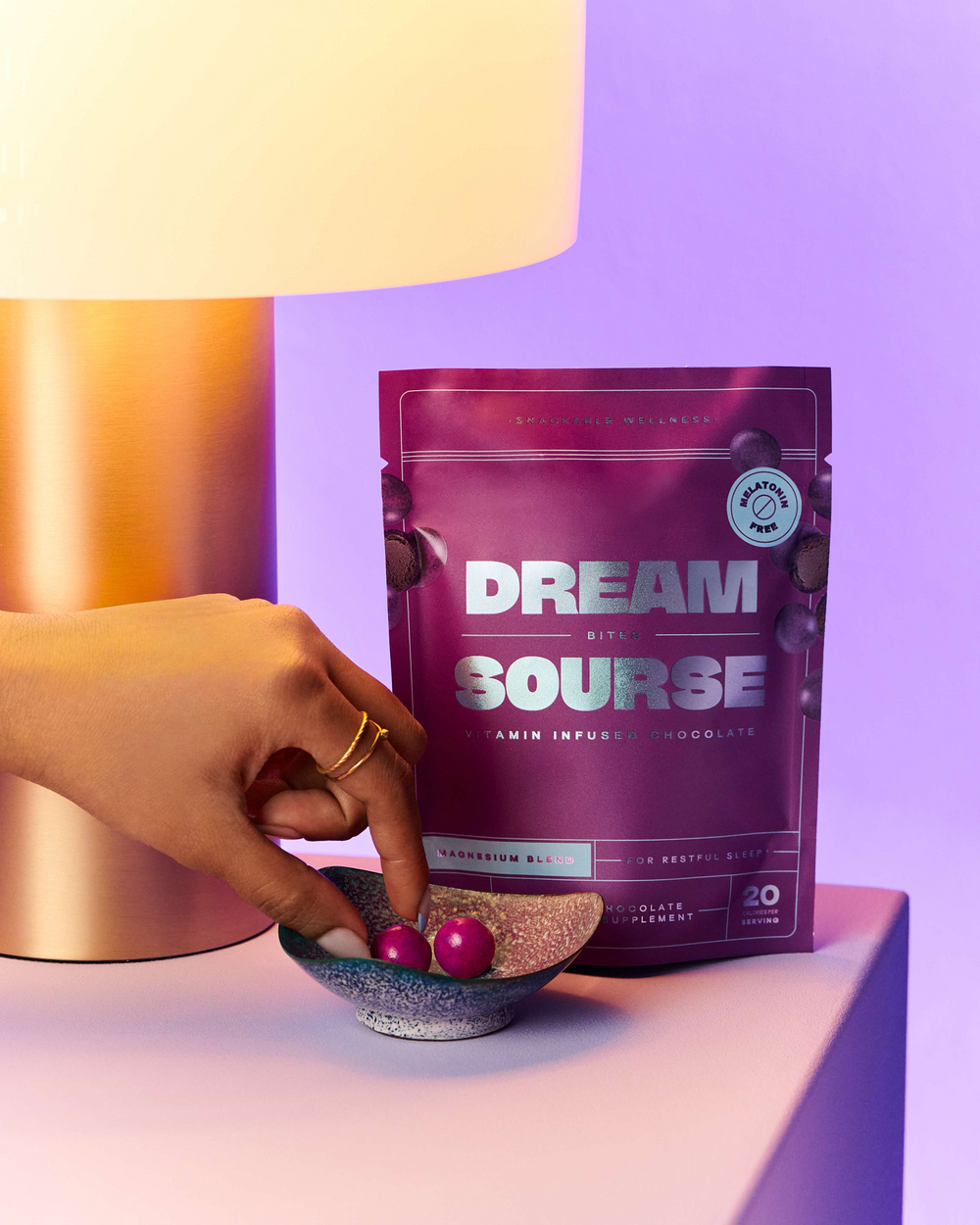
Count yourself lucky if you live in a climate where you can spend time outdoors every day. Sunshine! Fresh air!
As if that weren’t enough, there’s a bonus: that sunny climate can contribute to your daily intake of vitamin D. A necessary component of bone health, vitamin D also regulates the functions of over two hundred genes and is believed to help enhance the immune system, improve mood, reduce pain, increase neuromuscular function, and protect the brain against toxic chemicals. This fat-soluble vitamin with hormonal properties is made in the skin when exposed to the sun. The equation looks like this:
Cholesterol in your skin + ultraviolet-B (UVB) rays (+ a whole lot of chemical reactions we don’t need to go over) = vitamin D3
Usually, 50 to 90 percent of the vitamin D you need is produced by this chemical reaction in your skin, but it could be less if you:
- live in a geographical region where sunlight doesn’t contain enough UVB radiation in the winter (specifically, at latitudes above 37 degrees north or below 37 degrees south of the equator)
- spend most of the daylight hours indoors
- dutifully wear sunscreen while outdoors, especially between 10 a.m. and 2 p.m. (and good for you, because preventing skin cancer is so important)
- are obese or elderly (these reduce production in the skin)
- wear clothing that covers up most of your skin when outdoors
- have darker skin, in which case your pigment (melanin) blocks the production of vitamin D
If you found yourself checking off a few of these boxes, you may need a backup plan.
Fish liver oil, anyone?
There are some foods that are naturally good sources of vitamin D. The best animal sources are fatty fish (salmon, tuna, etc.), fish liver oils, beef liver, cheese, and egg yolks. You may have to eat quite a bit, and often: five ounces of salmon, seven ounces of halibut, almost two eight-ounce cans of tuna, or thirty ounces of cod provides 400 IU of vitamin D. An egg yolk gives you 20 IU.
For comparison, the recommended dietary allowance (RDA) for adults is 600–800 IU (15–20 mcg) per day, depending on your age bracket.
For plant choices, mushrooms provide variable amounts of vitamin D, and some are even treated with UV light to increase levels. But that’s about it.
Manufacturers also fortify foods like orange juice, milk, yogurt, baby formula, and cereals. When paired with vitamin D from natural animal or plant sources, you could meet your daily RDA. Still, getting enough from food alone could be a chore (especially if you're plant-based).
What about supplementation?
Depending on your sun exposure and diet, vitamin D supplementation could be the key to getting enough. Options are plentiful, inexpensive, and generally work well, especially to correct severe deficiencies. Just be sure to read the label so you know what you are buying, because vitamin D comes in different forms.
Which brings us to...
Siblings, not twins: D2 and D3
Vitamin D2 (ergocalciferol) and D3 (cholecalciferol) are the two most common forms of vitamin D. Vegetarians, take note: vitamin D2 is derived from plants, whereas vitamin D3 typically comes from animals (or from the sun + your skin, as in the equation above). However, while not as common, D3 can come from plants; Mood Bites contain vitamin D3 sourced from algae.
Since both can treat and prevent deficiencies by raising blood levels of vitamin D, is one better than the other?
There's evidence that D3 is more bioactive. A 2012 study showed that D3 can keep blood levels raised for a longer period of time. Another study, from 2016, shows that supplementing with D3 twice a week for five weeks was more effective in raising levels in adults than the same amount of vitamin D2.
When establishing the RDA for vitamin D, the National Institute of Health did not discern between D2 and D3. The main thing is to make sure you get enough of this important vitamin.
Vitamin D deficiency is surprisingly common—its estimated that over a billion people globally are either vitamin D deficient or insufficient—so asking your doctor to check your serum levels at your annual physicals is smart.
Sources
MacDonald, J. How Does the Body Make Vitamin D from Sunlight? (2019). JSTOR Daily. Retrieved from https://daily.jstor.org/how-does-the-body-make-vitamin-d-from-sunlight/
Moriarty, C. (2018). Doctors tell you what you need to know about vitamin D. What they have to say may surprise you. Yale Medicine – Family Health. Retrieved from https://www.yalemedicine.org/news/vitamin-d-myths-debunked
Naeem, Z. (2010). Vitamin D Deficiency – An Ignored Epidemic. International Journal of Health Sciences, 4(1), V–VI. Retrieved from https://www.ncbi.nlm.nih.gov/pmc/articles/PMC3068797/
National Institutes of Health. Vitamin D. Retrieved from https://ods.od.nih.gov/factsheets/VitaminD-HealthProfessional/#h2
Shieh, A., Chun, R. F., Ma, C., Witzel, S., Meyer, B., et al. (2016). Effects of High-Dose Vitamin D2 versus D3 on Total and Free 25-Hydroxyvitamin D and Markers of Calcium Balance. The Journal of Clinical Endocrinology & Metabolism, 101(8), 3070–3078. Retrieved from https://doi.org/10.1210/jc.2016-187
Sutherby R. (2021). Vitamin D2 vs. D3: What Is the Difference, and Which Is Better? Ask a Pharmacist on WellRx. Retrieved from https://www.wellrx.com/news/vitamin-d2-vs-d3-what-is-the-difference-and-which-is-better/
Tripkovic, L., Lambert, H., Hart, K., Smith, C. P., Bucca, G., et al. (2012). Comparison of vitamin D2 and vitamin D3 supplementation in raising serum 25-hydroxyvitamin D status: a systematic review and meta-analysis. The American Journal of Clinical Nutrition, 95(6), 1357–1364. Retrieved from https://doi.org/10.3945/ajcn.111.031070
Vitamin D. (2022). Harvard - T.H. Chan School of Public Health. Retrieved from https://www.hsph.harvard.edu/nutritionsource/vitamin-d/
Vitamin D and your health: Breaking old rules, raising new hopes (2021). Harvard Health Publishing – Harvard Medical School. Retrieved from https://www.health.harvard.edu/staying-healthy/vitamin-d-and-your-health-breaking-old-rules-raising-new-hopes
What is the difference between vitamin D2 and D3? Medical News Today. Retrieved from https://www.medicalnewstoday.com/articles/vitamin-d2-vs-d3
